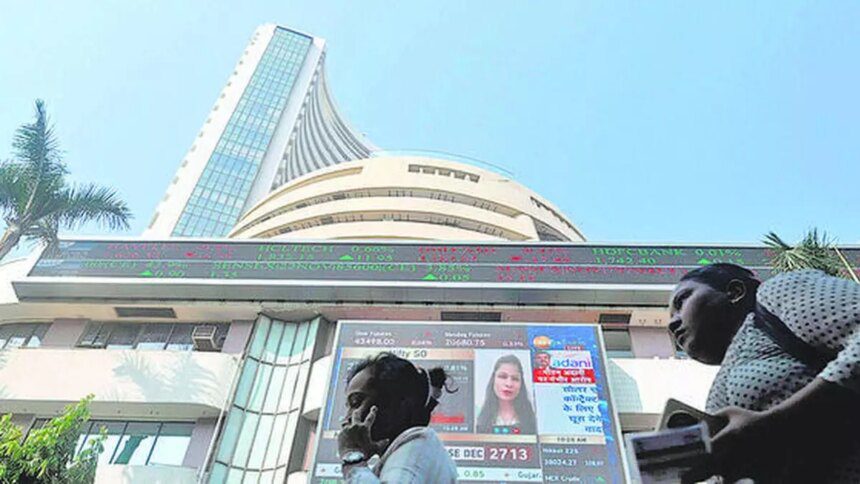Foreign Portfolio Investors (FPIs) have maintained their selling trend in Indian equities this month, with net outflows amounting to ₹23,710 crore as of February 21. This brings the total net outflow for 2025 to a staggering ₹1,05,145 crore in just over fifty days, according to depository data.
The continued exodus of funds follows a challenging period for Indian markets, with FPIs having net sold equities worth ₹78,027 crore in January alone. This stands in sharp contrast to the substantial net inflows of over ₹1.7 lakh crore recorded in 2023.
In 2024, FPIs pulled out a record ₹1.2 lakh crore in October and November, coinciding with the US presidential elections. This pullback came ahead of and immediately following the November 5 election results, making last year’s total net FPI investment in Indian equities a meager ₹427 crore.
The ongoing outflows in 2025 reflect a continued trend of capital flight from emerging markets, driven by a combination of factors. While the “Trump Trade” effect — where FPIs offload emerging market stocks to capitalise on rising US markets and yields — continues to influence investor sentiment, a new trend has emerged: the “Sell India, Buy China” trade. This shift is gaining traction, fuelled by growing optimism surrounding China’s economic recovery.
VK Vijayakumar, Chief Investment Strategist at Geojit Financial Services, observed that while the “Sell India, Buy China” trade could persist in the short term, it is unlikely to last for an extended period. “This trade has occurred in the past, and history suggests it will fizzle out soon. Structural challenges in China are likely to limit the sustainability of this trade. FPI investments in India are expected to recover when the country’s economic growth and corporate earnings improve. We may see early signs of this in the next 2-3 months,” he said.
Vijayakumar further explained that the Trump victory in the US presidential election had led to a surge in capital inflows into US markets. However, recent developments suggest that China has emerged as a key destination for portfolio flows. He pointed to the recent initiatives by the Chinese government, including new measures with major Chinese businessmen, which have fueled optimism regarding a potential economic recovery. This positive sentiment has been reflected in the performance of Chinese markets, particularly the Hang Seng index, which rose by 18.7 per cent in a month, contrasting sharply with the 1.55 per cent decline in the Nifty. Given that Chinese stocks remain relatively inexpensive, the “Sell India, Buy China” trend may continue in the near term.
Market valuations
Vaibhav Porwal, Co-Founder of Dezerv, highlighted a striking shift in market valuations. Since October 2024, India’s market capitalisation has fallen by about $1 trillion, while that of China’s has risen by $2 trillion. This suggests a tactical shift in FPI flows, driven by a combination of factors beyond just asset reallocation. These include concerns over India’s growth and valuation relative to peers like Indonesia, South Korea, and Taiwan, along with renewed optimism about China’s economic rebound.
Porwal noted that Chinese equities have become increasingly attractive following a prolonged correction. The Chinese government’s economic stimulus package, announced in September 2024, has provided policy support, regulatory easing, and measures to boost investor sentiment, further fueling hopes for a recovery. On the other hand, India’s higher valuations compared to its regional peers have posed a headwind for FPI flows.
Looking ahead, Porwal emphasised that FPI flows into India will depend largely on the recovery of corporate earnings. “FPI flows could return to India in the next 3-6 months, particularly if economic and macro factors show signs of improvement. Long-term growth drivers, such as strong domestic demand, digital transformation, and infrastructure development, are likely to bolster corporate earnings and sustain growth,” he added.
- Also read: SEBI proposes to expand investor pool for angel funds
Rewrite this news article and keep the same structure, information and length.










